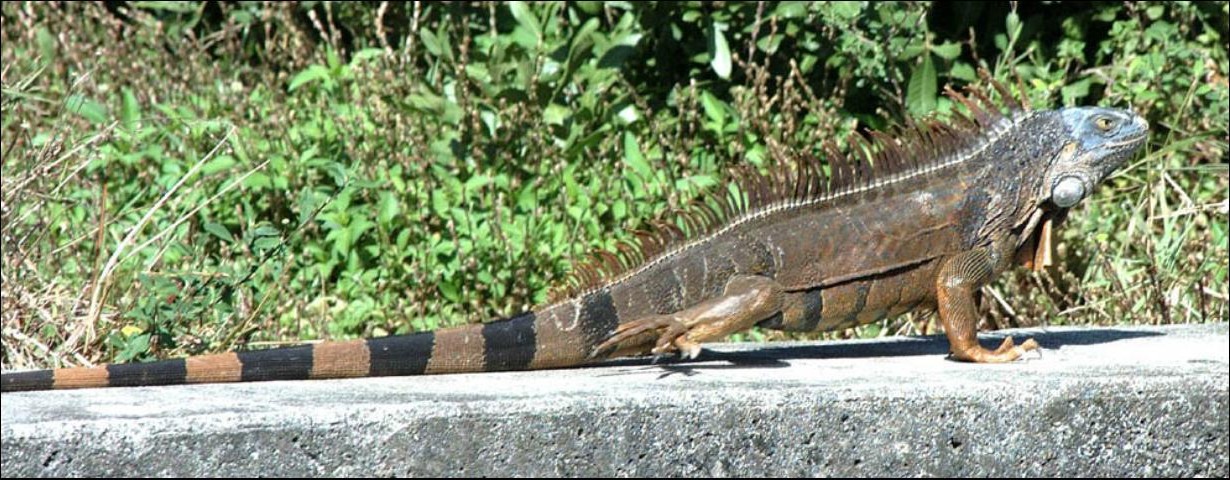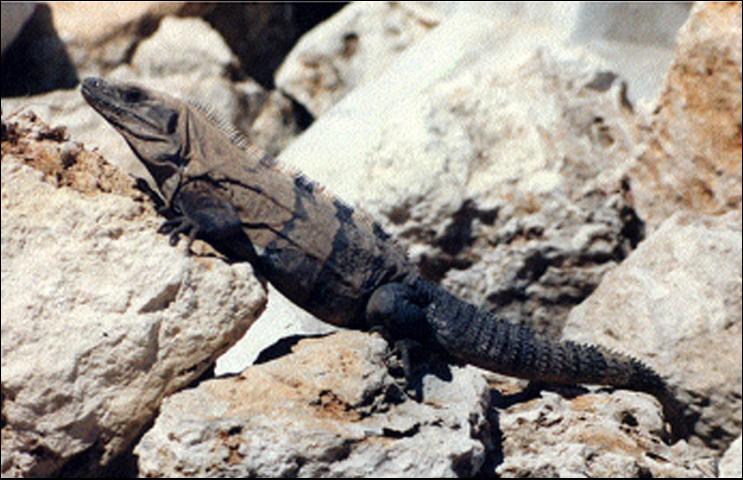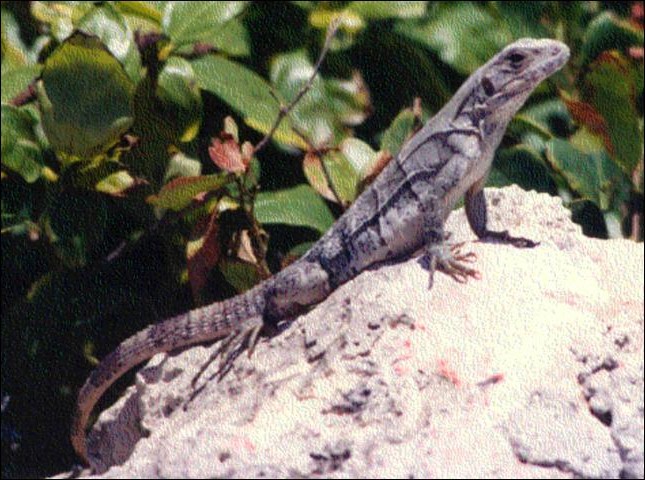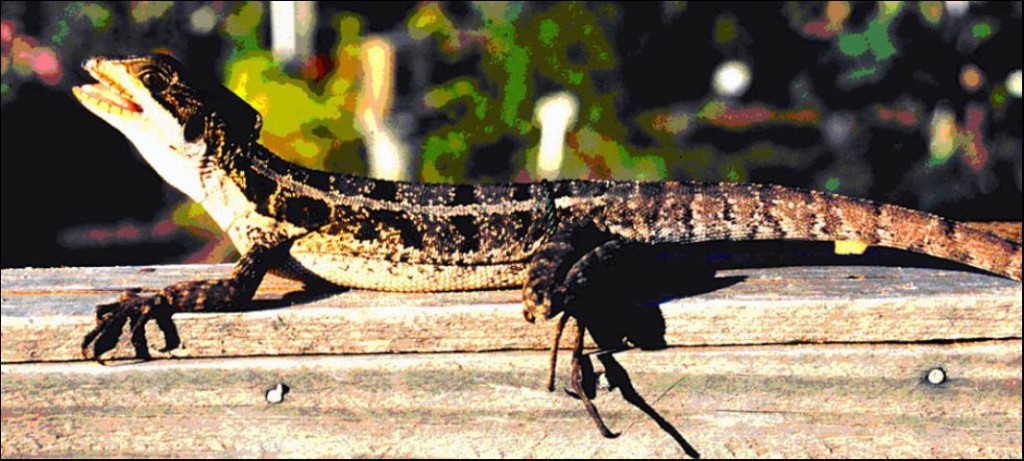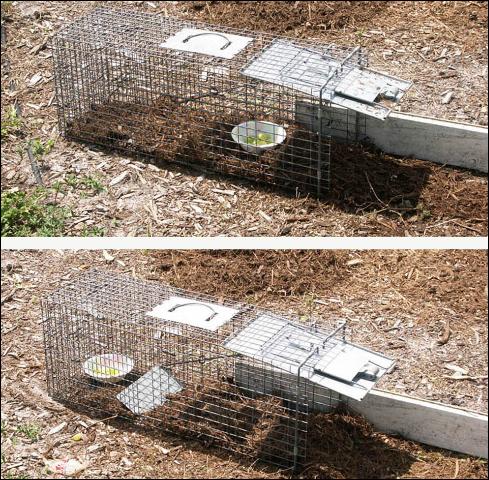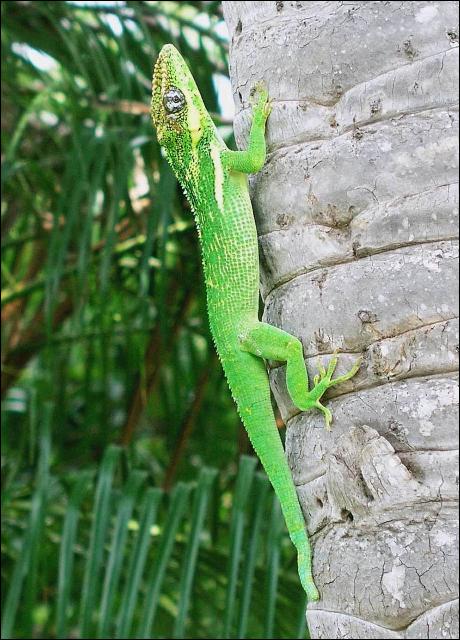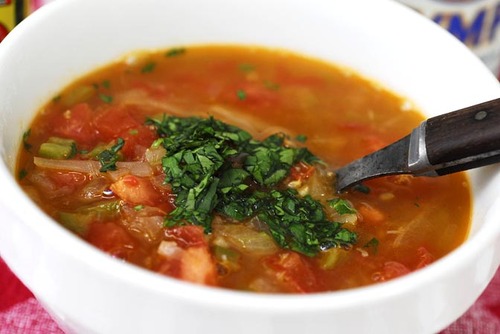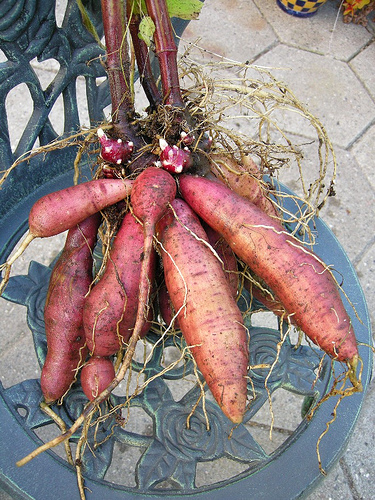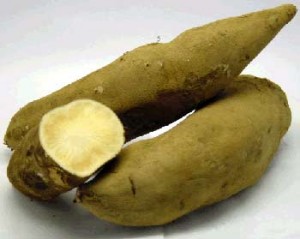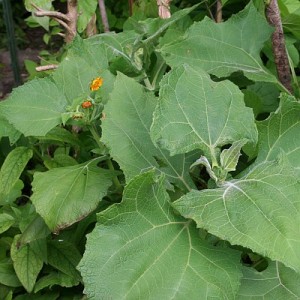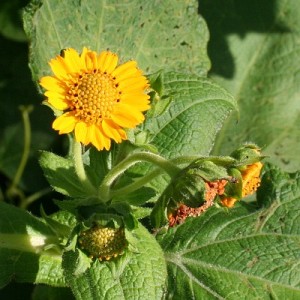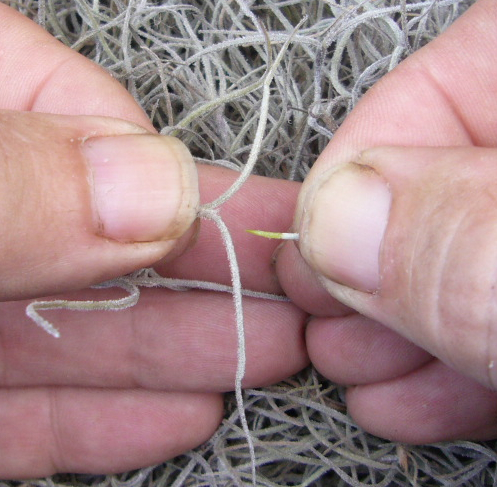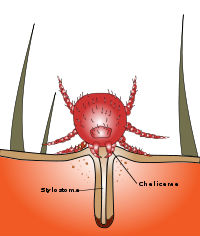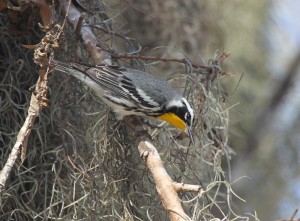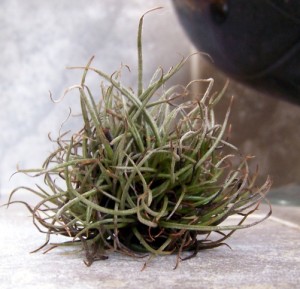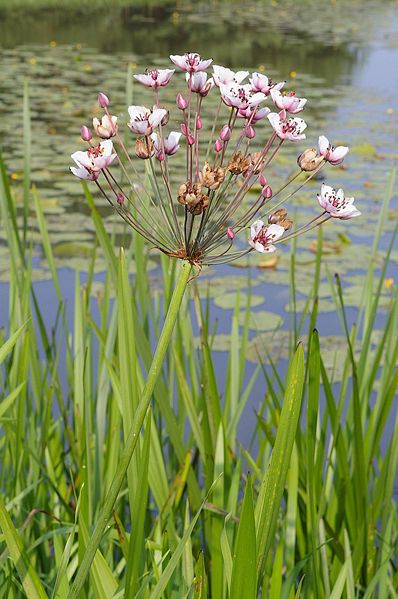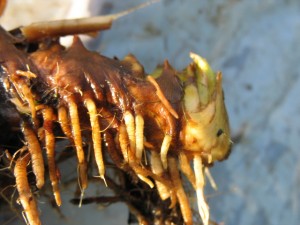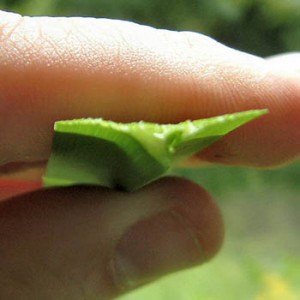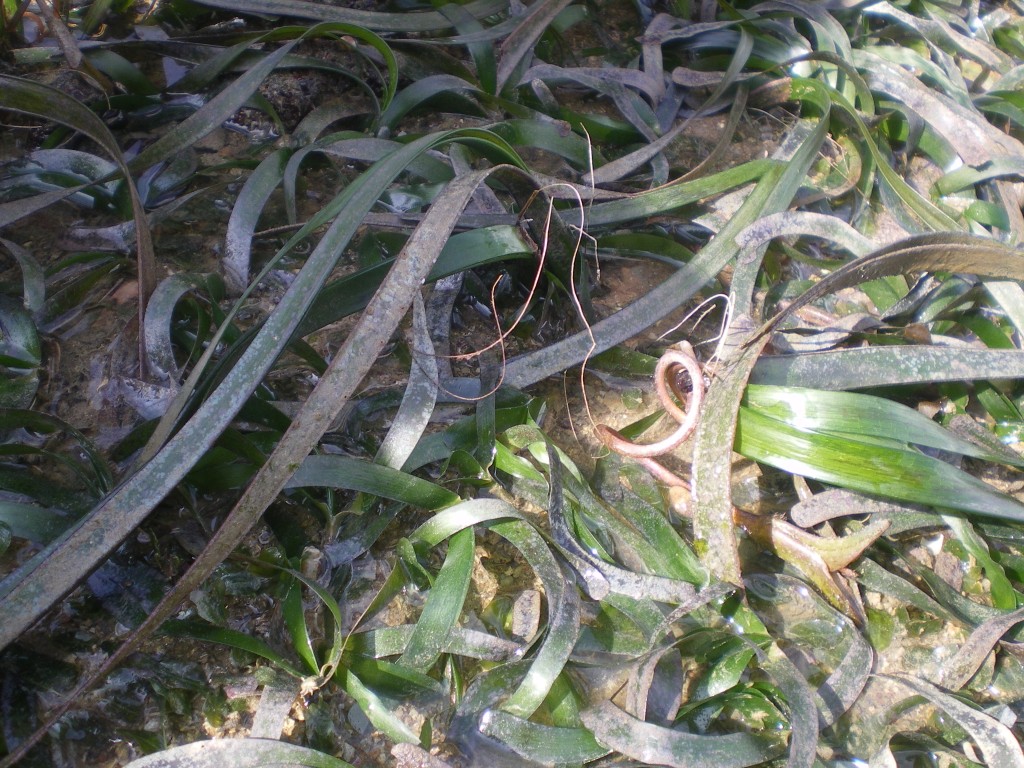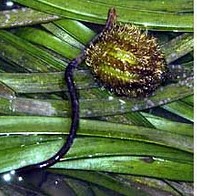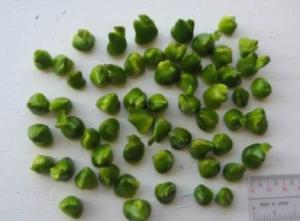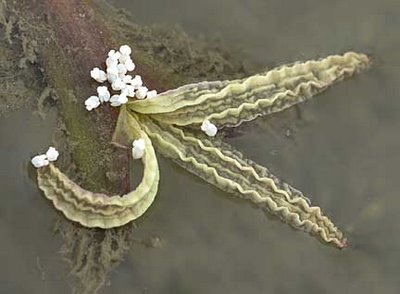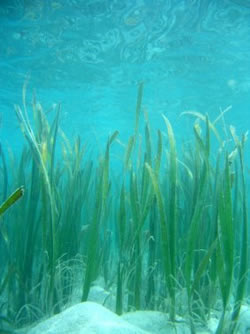 The cookbook’s title says it all. South Florida, parts of Texas and Hawaii have iguana issues. While teaching a class in West Palm Beach one time I could not help but think of Iguana a la Carte when a 30-inch lizard slithered into a pond next to me. No, they don’t taste quite like chicken, nor like alligator which can be swampy. Think chicken and crab combined, soft, sweet moist and easy to flavor with delicate spices.
The cookbook’s title says it all. South Florida, parts of Texas and Hawaii have iguana issues. While teaching a class in West Palm Beach one time I could not help but think of Iguana a la Carte when a 30-inch lizard slithered into a pond next to me. No, they don’t taste quite like chicken, nor like alligator which can be swampy. Think chicken and crab combined, soft, sweet moist and easy to flavor with delicate spices.
Iguanas are not native to any of the three areas mentioned. They got there the way exotic weeds do, by man. More specifically self-liberated pets, pets intentionally released, and poor control at pet stores. In one example a few pets let loose on a key turned into several thousands in just a few short years. In Florida there are no doubt hundreds of thousands of them flourishing. Cookbook author George Cera has captured or killed over 16,000 of them. Guess what’s in his freezer?
The edibility of the iguana is not an issue though the Green Iguana is preferred over the other species. In its native range they are called Chicken of the Trees. Iguanas can be cleaned then ah…peeled… and cooked on the spot, or grilled, or made into delicate soups. Usually, however, the meat is parboiled in salted water first, skinned, then used in various recipes. Iguanas can be caught in traps or in cool weather the cold-blooded denizens actually drop out of trees, stunned by the chill. The hard part is sorting them out. You see, Green Iguanas are not always green, and there are other large lizards as well, and I don’t mean alligators.
Green Iguanas are Iguana iguana are indeed green when little but then they grow up and change color. In the same areas you will find the Mexican spiny-tailed iguanas which is Ctenosaura pectinata and Black Spiny-Tailed Iguana, or Ctenosaura similis. Large male spiny-tailed iguanas (C. pectinata) are often mistaken for alligators by startled homeowners because they are dark in color and have low dorsal spines, making many a person think they are small alligators.
There are also several other other large lizards now calling Florida home that some people misidentify as iguanas. The Brown Basilisk, Basiliscus vittatus, is a large lizard (up to 2 feet) often mistaken for an iguana and is found in the same areas as introduced iguanas. Knight Anoles, Anolis equestris, reach between a foot to a foot and a half and are green. The Jamaican Giant Anole, Anolis garmani, can reach a foot long. Incidentally, deep fried little Cuban anoles usually taste like bacon. Occasionally other self-liberated pets have established breeding populations and are spied. These include large lizards like the Nile Monitor Lizards, Varanus niloticus, the Giant Whiptail, Cnemidophorus motaguae, and the Tegu, Tupinambis sp.
Where do you find them? They usually find you, often nesting in attics. Adult iguanas feed on landscape plants, shrubs, trees, orchids, many flowers, figs, mangoes, tomatoes, bananas, lychees, and similar fruits. Iguanas do not eat citrus. If they did, speaking cynically, the state would have eradicated them long ago. Occasionally they’ll eat small animals such as insects, smaller lizards, nestling birds and eggs. Basilisks and Anoles generally eat insects and small creatures whereas Knight Anoles occasionally eat small fruits and flowers as well. Iguanas like to bask in open areas; sidewalks, docks, seawalls, landscape timbers, gutter, or open mowed areas. When scared, they dive into water (Green Iguanas and Basilisks) or scurry into their burrows (Mexican Spiny-Tailed Iguanas). The habit of diving into the water to escape makes Green Iguanas difficult to capture thus traps are required. Mexican Spiny-tailed Iguanas disappear into burrows which undermine sidewalks, seawalls, and foundations often leading to structural collapse.
And while most folks think the Muscovy Duck is the most foul at dropping droppings iguanas are the all time champs… more and worse. Iguanas are also a possible source of salmonella bacteria, a common cause of food poisoning so they have to be handled carefully. (One reason to boil the meat in brine first, to assure all bacteria ia dead.) Adult iguanas are more powerful than they look and can bite, scratch severely, and deliver a painful slap with their muscular tail. Iguanas usually avoid people but will defend themselves against pets and people that try to catch them or corner them.
According to the state of Florida: “Iguanas can be captured and removed from private property at any time without special permits. They are considered exotic unprotected wildlife. They may be caught by hand, noose pole, net, or traps. Only live traps and snares are legal in the State of Florida. Check with local authorities for any local ordinances that may limit control options.” The state adds: “It is illegal to release iguanas in Florida (39-4.005 Florida Administrative Code). Iguanas are not native to Florida and so are not protected in Florida, except by anti-cruelty laws. Green iguanas are listed in the Convention on International Trade in Endangered Species II because of their economic importance and over-harvest for the international pet trade in their native range. In Florida, all captured iguanas must be kept in captivity as pets or captive breeding stock, or must be destroyed. Feral adult iguanas rarely make acceptable pets. They never tame sufficiently and are dangerous.”
The state would like to see iguanas disappear for many reasons including the fact they munch on rare plants that are food for even more rare butterflies and the like. And for the record, just in case you’re hungry, there’s also an estimated 25,000 edible pythons in the Everglades. Their meat is chewy but sweet. Curiously, it is illegal to use rifles or shotguns to harvest iguana, air guns and B-B guns are encouraged. Personally I use a surfing rod equipped with a noose.
George, right, used to sell his book from his own site.But now you will have to go to Amazon or the like to order it currently $126. Or, for information about the cookbook Save Florida, Eat an Iguana, you can e-mail George Cera at theiguanahunter@yahoo.com.
Basic Iguana
1 Iguana
1 large Onion
2 Cloves Garlic
3 Tomatoes
2 Green Peppers
4 teaspoons oil
1 small hot pepper
Salt to taste
Kill the iguana. Open the belly lengthwise and remove all the entrails. Cook in salted water until the meat is tender (take care not to let it get too soft). Peel and cut in portions. Season with all the above ingredients and cook with about 1 cup water, until almost dry
Or…., remove the four legs, cut off the feet, cut each limb in two at a central joint, remove the tail, cut off spines. Skin all nine pieces (tough work.) Dispose of the body, or skin and gut, cook in brine. Be careful in the cleaning process not to spread any possible salmonella bacteria.
Less Traditional Iguana
1 Iguana
2 onions
1 tablespoon of salt
6 to 8 carrots
1 tablespoon of cilantro
1 small ball of recardo (optional)
1 cup vinegar
1 lime
1 sweet pepper
1 tablespoon of black pepper
1/2 head of cabbage
2 cloves of garlic or to taste
two cups diced tomato
coconut oil
Skin and clean iguana, then wash it in a mixture of vinegar and lime. After that, mix all seasonings and spices together in a bowl and rub them into the meat. Leave the rubbed meat for half an hour. Pour coconut oil in a pot, just to cover the bottom and place it on the fire.
When the oil is hot, put in the iguana meat, then cook it for another half an hour, turning a few times and adding a bit of water if needed. During that time slice the carrots, tomatoes and cabbage. Add them to the meat and cook for another half an hour. Serve with rice and beans.
Iguana Stew
Here’s one of Cera’s iguana recipes:
Remove head, organs and tail.
Dip in hot water and scrape off scales or skin. Practice safe food handling. Iguana, like chicken, can carry salmonella.
3 to 4 pounds of iguana
1 teaspoon salt
3 peeled and sliced potatoes
1 large sliced onion
1 cup lima beans
1 cup canned tomatoes
1 tablespoon sugar
1 cup frozen corn
Salt and pepper to taste
1 tablespoon ketchup or Worcestershire sauce
1/4 cup of butter
Place iguana in Dutch oven with enough boiling water to cover. Add salt and simmer for 45 minutes.
Add potatoes, onion, lima beans, tomatoes and sugar. Cover and simmer for 30 minutes or until beans and potatoes are tender.
Add corn, cover and simmer for 10 minutes.
Season with salt and pepper and add ketchup or Worcestershire sauce if desired.
Add butter and stir well.
Serves 8.
Source: Save Florida, Eat an Iguana

